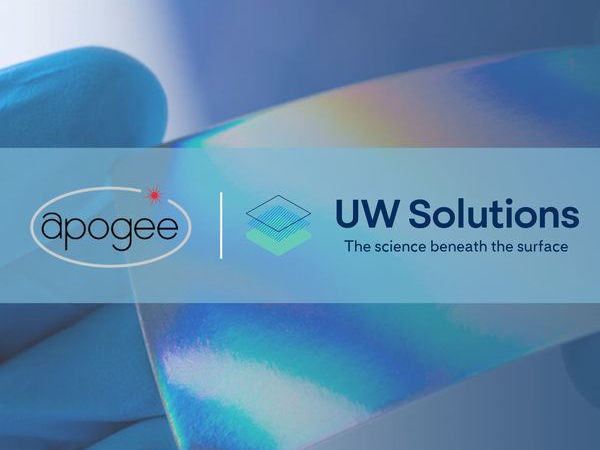Date: 25 October 2012
The facility has been extended five years to October 2017 and expanded to $100 million, from $80 million. It replaces the previous secured revolving credit facility that was set to expire in January 2014.
“The expanded credit facility, along with Apogee’s strong balance sheet and expectations of improving free cash flow position us to invest in growing domestically and internationally. We plan to invest in new capabilities and new capacities, as well as to fund acquisitions,” said
James S. Porter , Apogee chief financial officer. “In addition, with Apogee’s improving financial performance and the current attractive financial markets, we were able to refinance our revolving credit facility at better terms. We are pleased with the ongoing support we have received from our lenders.”
Wells Fargo Bank, National Association serves as administrative agent, swingline lender and issuing lender of the new facility, while Comerica Bank is documentation agent and issuing lender. Additional lenders under the new facility are BMO Harris Bank N.A. and US Bank, National Association.
About Apogee
Apogee Enterprises, Inc., headquartered in Minneapolis, is a leader in technologies involving the design and development of value-added glass products and services. The company is organized in two segments:
- Architectural products and services companies design, engineer, fabricate, install and renovate the walls of glass and windows comprising the outside skin of commercial and institutional buildings.
- Large-scale optical segment consists of a value-added glass and acrylic manufacturer for the custom framing market.
Forward-looking statements
The discussion above contains “forward-looking statements” within the meaning of the Private Securities Litigation Reform Act of 1995. These statements reflect Apogee management’s expectations or beliefs as of the date of this release. The company undertakes no obligation to publicly update or revise any forward-looking statements, whether as a result of new information, future events or otherwise. All forward-looking statements are qualified by factors that may affect the operating results of the company, including the following: operational risks within (A) the architectural segment: i) competitive, price-sensitive and changing market conditions, including unforeseen project delays and cancellations; ii) economic conditions, material cost increases and the cyclical nature of the North American and Latin American commercial construction industries; iii) product performance, reliability, execution or quality problems that could delay payments, increase costs, impact orders or lead to litigation; and iv) the segment’s ability to fully and efficiently utilize production capacity; and (B) the large-scale optical segment: i) markets that are impacted by consumer confidence and trends; ii) dependence on a relatively small number of customers; iii) changing market conditions, including unfavorable shift in product mix and new competition; and iv) ability to fully and efficiently utilize production capacity. Additional factors include: i) revenue and operating results that are volatile; ii) financial market disruption which could impact company, customer and supplier credit availability; iii) self-insurance risk related to a material product liability event and to health insurance programs; iv) cost of compliance with governmental regulations relating to hazardous substances; and v) foreign currency risk related to certain continuing operations. The company cautions investors that actual future results could differ materially from those described in the forward-looking statements, and that other factors may in the future prove to be important in affecting the company’s results of operations. New factors emerge from time to time and it is not possible for management to predict all such factors, nor can it assess the impact of each such factor on the business or the extent to which any factor, or a combination of factors, may cause actual results to differ materially from those contained in any forward-looking statements. For a more detailed explanation of the foregoing and other risks and uncertainties, see Item 1A of the company’s Annual Report on Form 10-K for the fiscal year ended March 3, 2012.







Add new comment